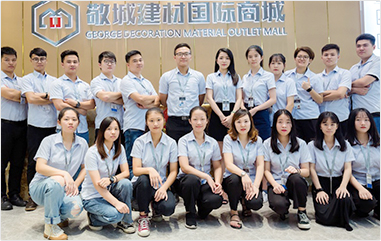LED panel lights are widely used in offices, schools, hospitals, shopping malls, homes and other places due to their characteristics of good illuminance uniformity, higher CRI, uniform and soft light, and comfort become the best product to replace the traditional grille light panel in the LED era.
I. The Structure of Ceiling Light Panels

The structure of LED panel ceiling light mainly includes light source, frame, diffuser plate, light guide plate, reflector panel, bottom cover plate, fixing sheet metal parts, lamp beads, driving power supply, aluminum substrate and other components.
1. Frame
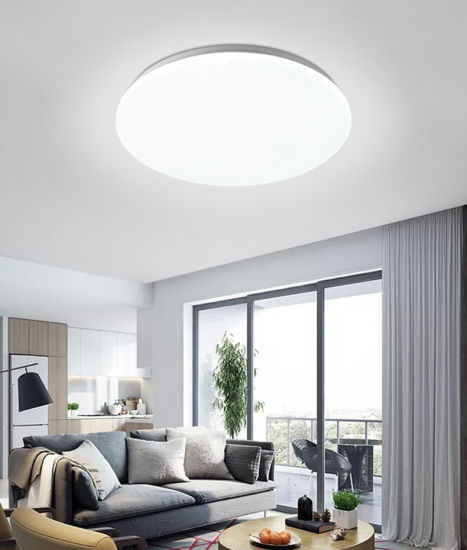
Frame strength affects durability. The frame is an important part of the RGB panel light, and the high-strength frame makes the surface panel light more durable. The side frame of the round panel light is made of different materials, and its heat dissipation performance is also different. According to statistics, the frame materials of the LED panel ceiling lights mainly include aluminum alloy, steel, PC, A6063, aluminum-plastic, steel and other materials.
2. Diffuser
Different materials have different light transmittances. The function of the diffuser plate is to evenly disperse the light of the light guide plate, and it can also play the role of blurring the dots. The materials used are mainly acrylic, PC, PS, etc.
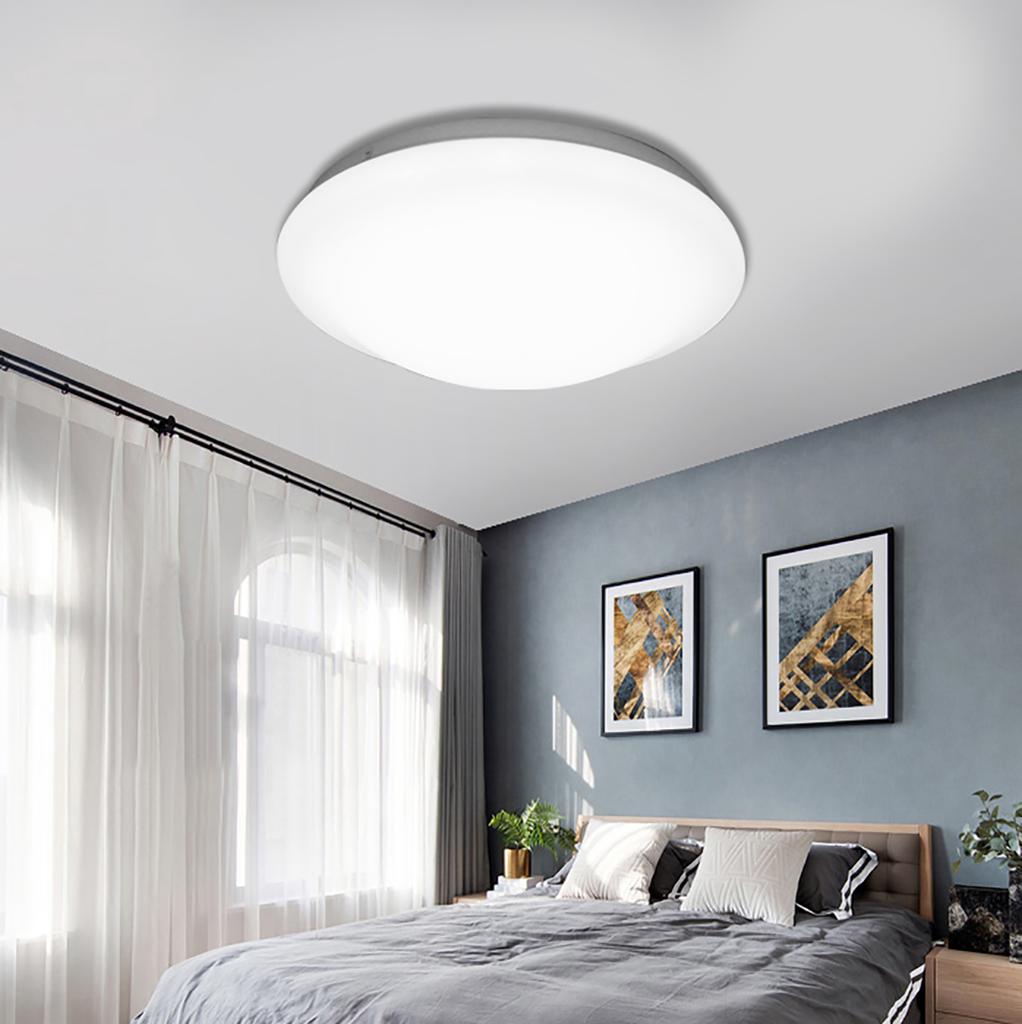
It is understood that the light transmittance of acrylic is 92%, that of PC is 88%, and that of PS is about 80%. The light transmittance of acrylic material is higher than that of PC, and the cost is lower, and its anti-aging performance is weak. But the anti-aging performance is strong.
3. Light Guide Plate

The plate has a great influence on the light efficiency. The function of the light guide plate is to refract the LED square panel light parallel to the direction of the light-transmitting plate into a direction perpendicular to the light-transmitting plate. In this process, it is also necessary to reduce the light decay as much as possible. Generally speaking, the light efficiency of the light guide plate depends largely on the design of the dots, followed by the choice of the plate.
4. Power Supply
Constant current power supply mode has high efficiency. Panel lighting have two driving power modes, one is constant current power supply, which has high efficiency, PF value as high as 0.95, and high cost performance; the other is constant voltage and constant current power supply, with stable performance, but low efficiency and high cost.
II. The Classification of Panel Lighting
1. Side Emitting Panel Lighting
The side-emitting panel lighting has the advantages of light weight and thin body, easy installation and transportation, etc. The disadvantage is that it is easy to emit unevenly.
The side-emitting LED panel light price is more expensive than that of the direct type, because the technology of the side-emitting LED panel light is relatively complex, which is determined by the product structure of the side-emitting LED panel lighting. Both are complicated, which makes it difficult to control product yield and product uniformity.
2. Direct Type Panel Lighting
The advantages of direct-type panel lighting are sufficient brightness and cost control. The disadvantage is that glare is inevitable, there are dark areas, the lamp body is heavy, and transportation and installation are relatively inconvenient.
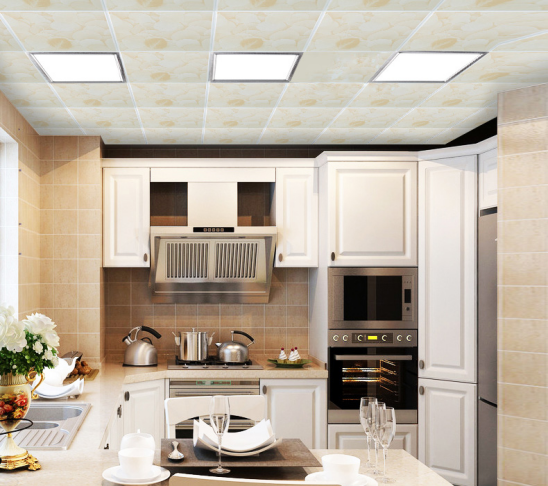
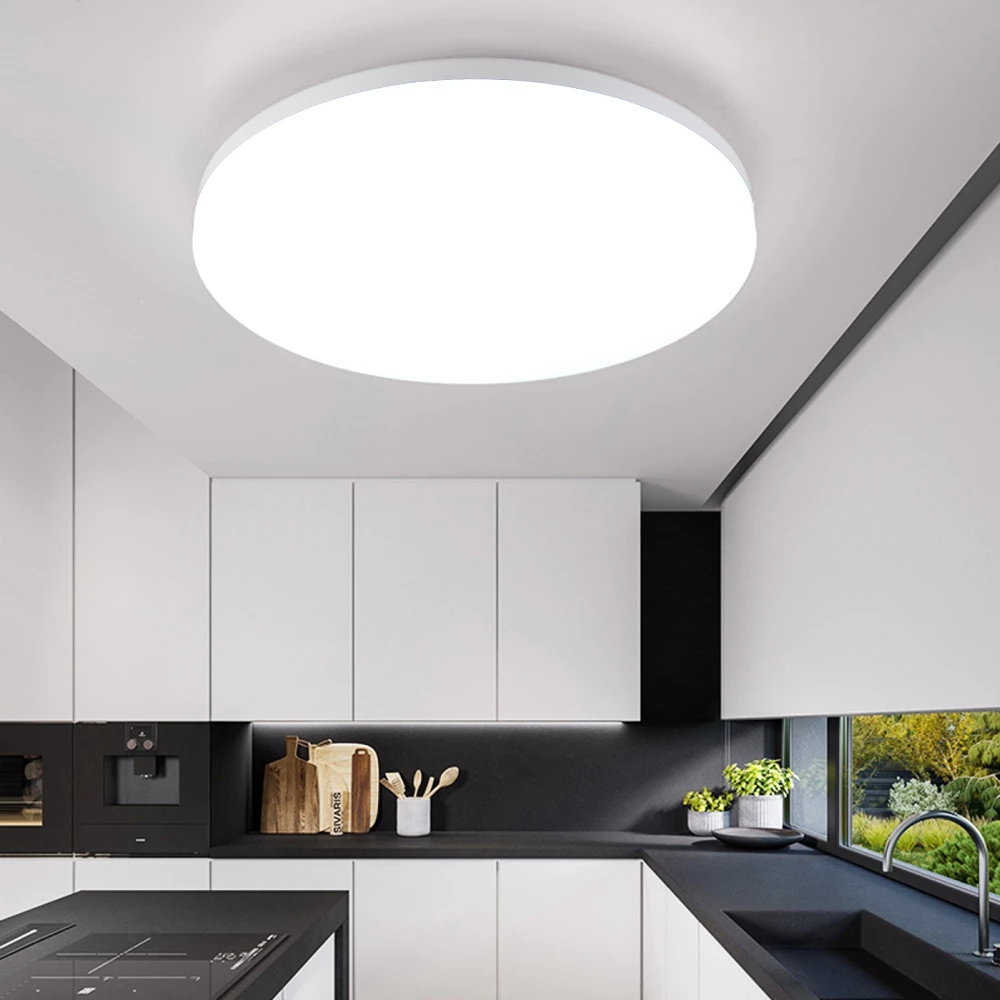
Application of LED panel lights in kitchen.
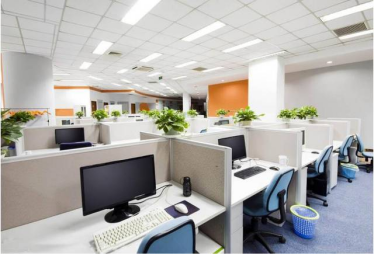
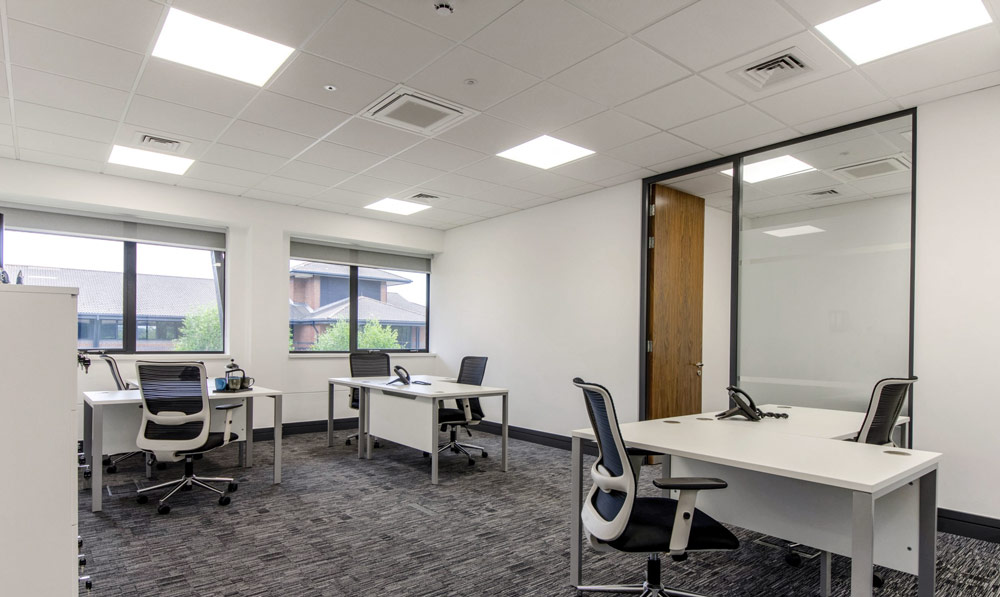
Application of slimLED panel lights in the office.
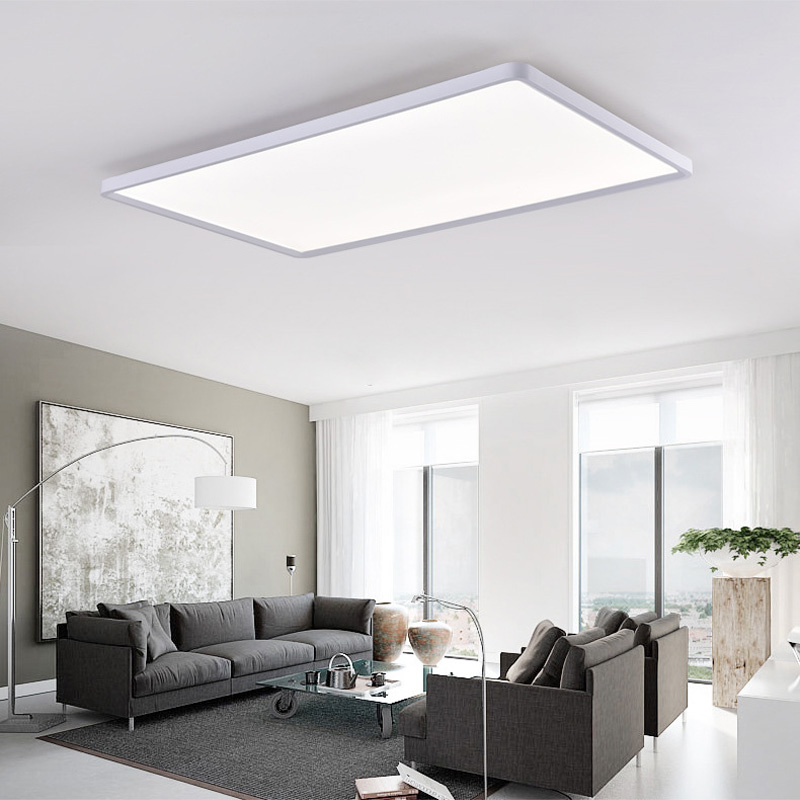

Application of LED square panel light in the living room and bathroom.
III. Product Advantages
LED panel lamps have a very soft lighting method. The side lighting method commonly used at present, the light emitted from the surface of the lamp body is very uniform, so that the light emitted is not dazzling at all. Used in various fields, it can effectively eliminate glare.
